Introduction to Ceramic Coating
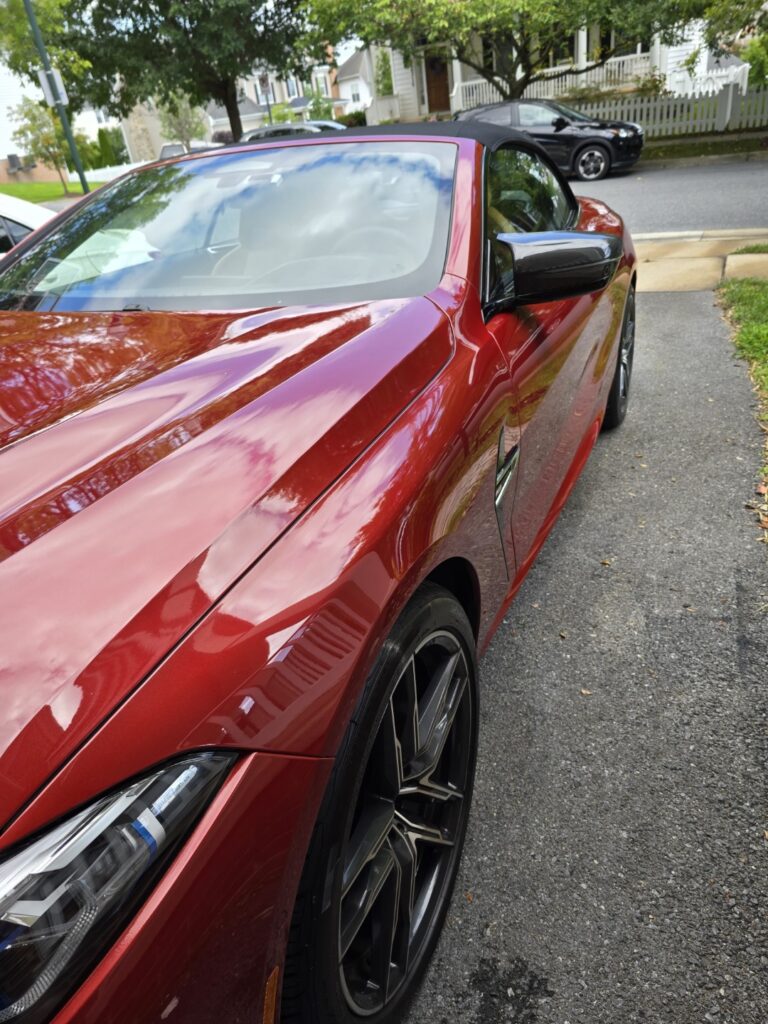
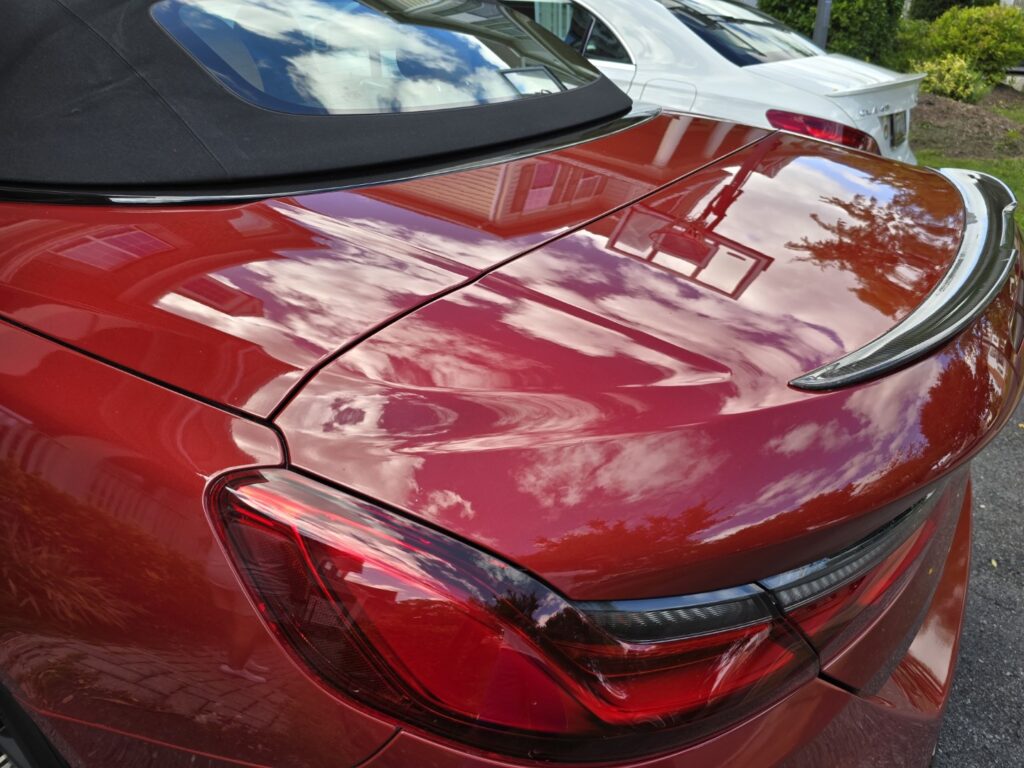
Ceramic coating has revolutionized the car care industry, offering an advanced solution to protect vehicles while enhancing their aesthetics. Whether you’re new to ceramic coatings or contemplating it for your car, this guide is your roadmap to understanding and applying it correctly.
What is Ceramic Coating?
Ceramic coating is a liquid polymer applied to the exterior of a vehicle, bonding chemically with the car’s paint. This invisible layer offers protection against environmental contaminants, UV rays, and minor scratches while providing a glossy finish.
Benefits of Ceramic Coating for Cars
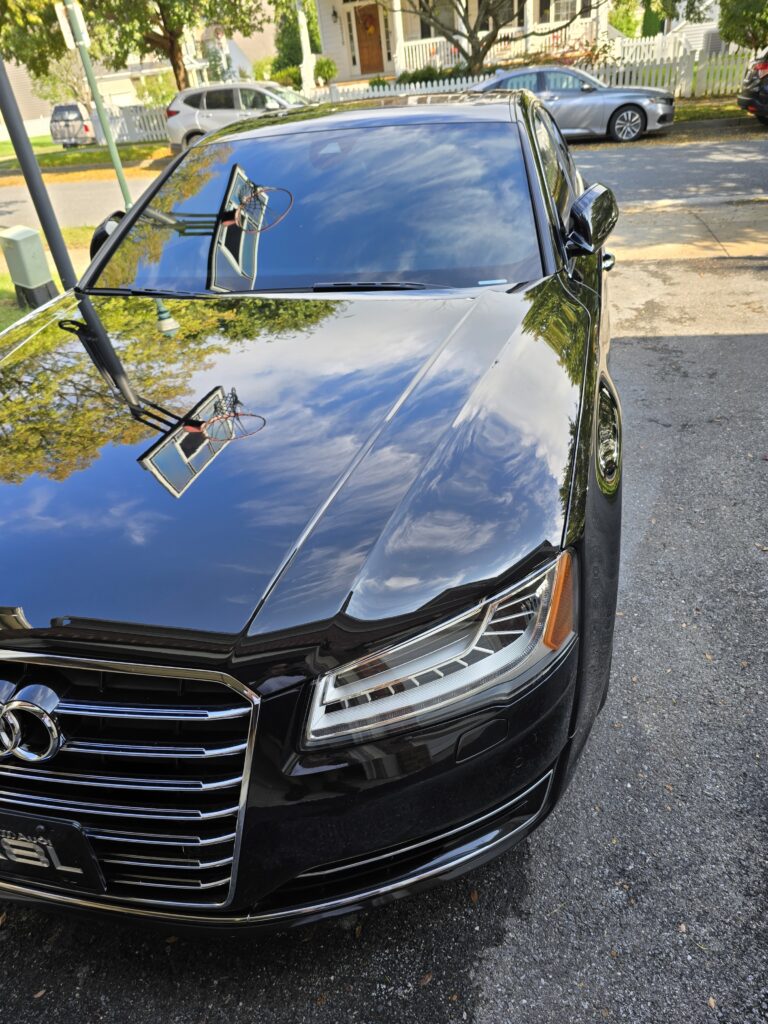

- Durability: Unlike wax, ceramic coating lasts for years.
- Hydrophobic Properties: It repels water, ensuring your car stays cleaner longer.
- UV Protection: Shields your car’s paint from sun damage.
- Enhanced Appearance: Adds a deep, glossy shine.
- Ease of Cleaning: Dirt and grime don’t stick as easily.
Myths About Ceramic Coating
- Myth: Ceramic coating makes your car scratch-proof.
Truth: It reduces minor scratches but isn’t bulletproof. - Myth: Ceramic coating eliminates the need for washing.
Truth: While cleaning becomes easier, regular maintenance is still required.
Understanding the Process of Ceramic Coating
How Ceramic Coating Works
The coating forms a semi-permanent bond with the paintwork, creating a protective shield. This layer prevents contaminants from penetrating the paint and provides hydrophobic properties, ensuring water beads off effortlessly.
What Materials Are Used in Ceramic Coating?
Ceramic coatings typically consist of silica dioxide (SiO2) and titanium dioxide (TiO2), which harden to form a durable barrier. These materials offer the glossy finish and protection ceramic coatings are known for.
Preparing Your Car for Ceramic Coating
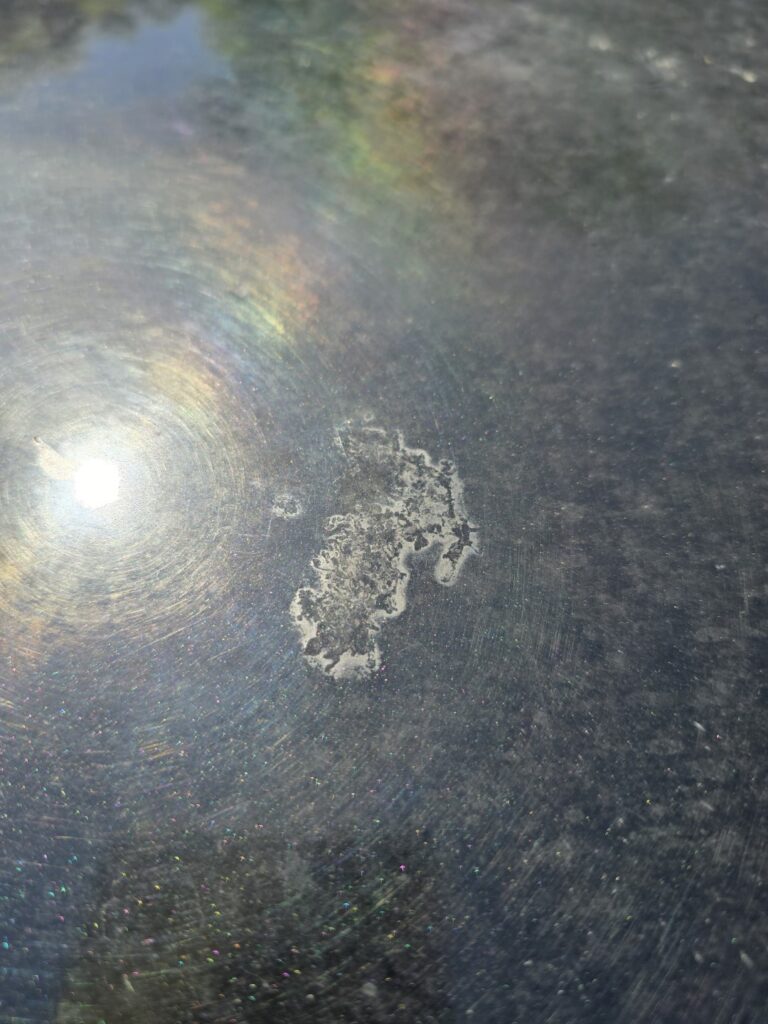
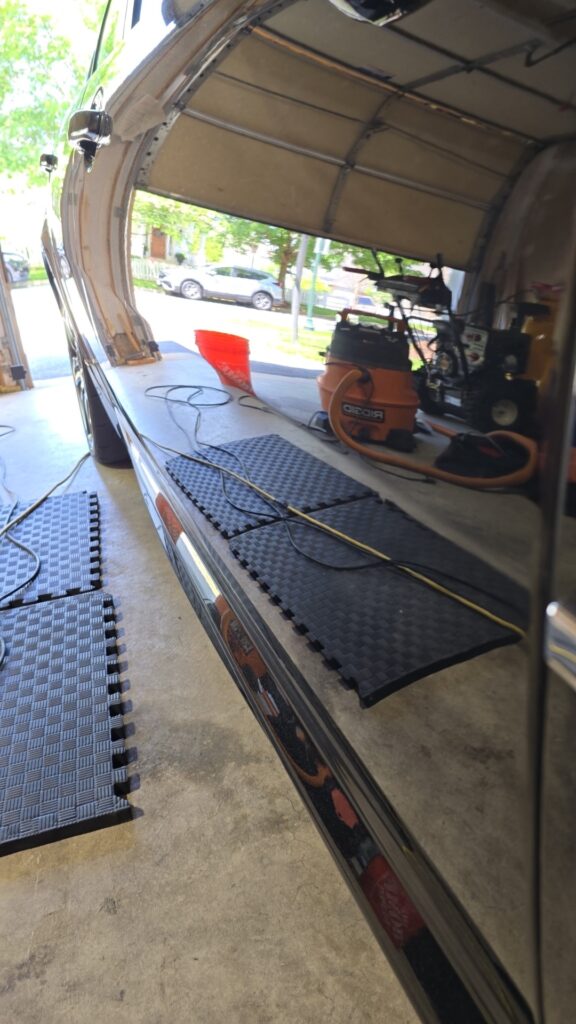
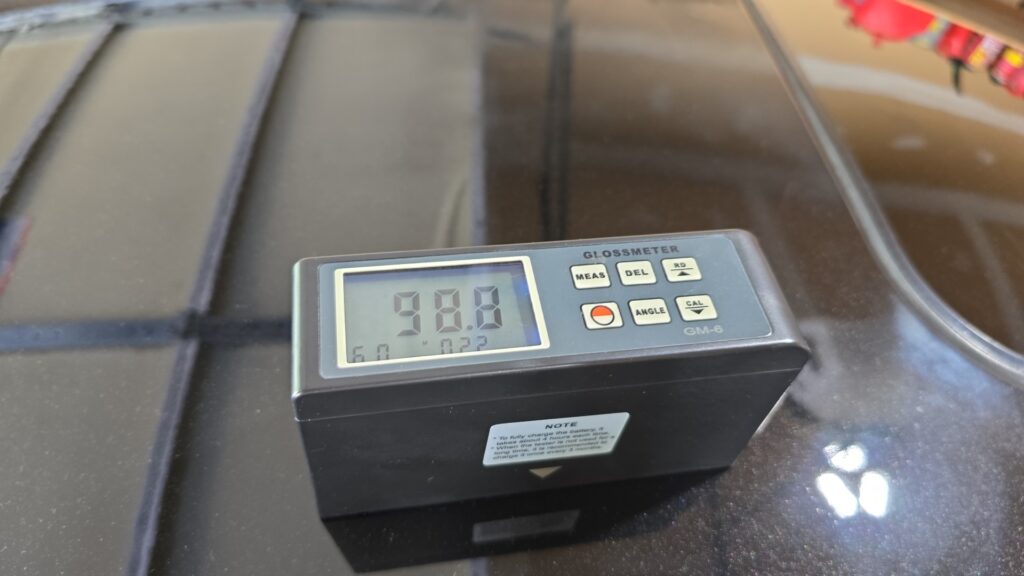
Why Preparation is Crucial
Proper preparation ensures the coating bonds effectively with the paint. Neglecting this step can lead to uneven application or reduced durability.
Tools and Materials Needed
- Car shampoo
- Clay bar or clay mitt
- Polishing compound
- Microfiber towels
- Isopropyl alcohol (IPA)
Cleaning and Decontaminating Your Car
- Wash the Car: Use a pH-neutral shampoo to remove dirt and grime.
- Clay Bar Treatment: Eliminate embedded contaminants for a smooth surface.
- Polish the Paint: Remove swirl marks and minor scratches.
- IPA Wipe Down: Ensure a clean, residue-free surface for the coating.
Step-by-Step Application of Ceramic Coating
Step 1: Selecting the Right Ceramic Coating
Research and choose a product that fits your needs. Look for high SiO2 content and positive reviews from trusted sources.
Step 2: Testing the Coating on a Small Area
Before applying it to the entire car, test the coating on a small, inconspicuous section to ensure compatibility.
Step 3: Application Techniques
- Apply the coating using an applicator pad in small sections.
- Use a crosshatch pattern for even coverage.
- Avoid overapplying, as this can lead to streaks.
Step 4: Buffing and Finishing
- After applying the coating, wait a few minutes before buffing it with a microfiber towel.
- Ensure all residue is removed for a flawless finish.
Curing Time and Aftercare
How Long Does Ceramic Coating Take to Cure?
Curing typically takes 24 to 48 hours. Avoid exposing your car to water during this period.
Dos and Don’ts During the Curing Period
- Do: Keep your car in a dry, shaded area.
- Don’t: Wash or drive your car in the rain.
Maintaining Your Ceramic Coated Car
Routine Cleaning Tips
- Use a pH-neutral shampoo to prevent damage to the coating.
- Dry your car with a microfiber towel to avoid water spots.
Products to Use and Avoid
- Use: Ceramic-safe shampoos and detail sprays.
- Avoid: Harsh chemicals and abrasive sponges.
Long-Term Benefits of Maintenance
Proper maintenance ensures the coating’s longevity, keeping your car’s paint protected and looking pristine for years.
DIY vs. Professional Ceramic Coating
Pros and Cons of DIY
- Pros: Cost-effective, convenient.
- Cons: Requires skill and patience.
When to Hire a Professional
If you’re unsure about the process or want the best results, consider hiring a professional detailer.
Common Mistakes to Avoid
Skipping the Preparation Stage
Skipping proper preparation can result in poor adhesion and uneven coating.
Overapplying the Coating
Applying too much coating can cause streaking and difficulty in buffing.
Ignoring Aftercare Instructions
Failing to follow curing and maintenance guidelines can shorten the coating’s lifespan.
Cost of Ceramic Coating
DIY Costs
Expect to spend $50 to $150 on materials for a DIY application.
Professional Service Costs
Professional services range from $500 to $2,000, depending on the vehicle’s size and condition.
Value for Money Analysis
While professional services are pricier, they often provide superior results and longer-lasting protection.
How to Choose the Right Ceramic Coating Product
Key Features to Look For
- High SiO2 content
- Hydrophobic properties
- UV protection
Recommended Brands
Brands like CarPro, Gtechniq, and Meguiar’s are known for their high-quality ceramic coatings.
Customer Reviews and Feedback
Read reviews to gauge the product’s effectiveness and ease of use.
Environmental Impact of Ceramic Coating
Is Ceramic Coating Eco-Friendly?
Ceramic coatings are generally eco-friendly, reducing the need for frequent washing and chemical use.
Responsible Disposal of Materials
Dispose of applicator pads and microfiber towels responsibly to minimize environmental impact.
Frequently Asked Questions About Ceramic Coating
Is Ceramic Coating Better Than Waxing?
Yes, ceramic coating lasts longer and provides superior protection compared to waxing.
How Long Does Ceramic Coating Last?
With proper maintenance, ceramic coating can last 2 to 5 years.
Can Ceramic Coating Be Removed?
Yes, it can be removed through polishing or abrasion.
What Happens if the Coating is Applied Incorrectly?
Improper application can lead to streaks, high spots, and reduced effectiveness.
Is Ceramic Coating Worth the Cost?
For its durability and protection, ceramic coating is a worthwhile investment.
Does Ceramic Coating Protect Against Scratches?
It provides resistance to minor scratches but doesn’t make your car scratch-proof.
Conclusion
Ceramic coating is a game-changer for car enthusiasts, offering unmatched protection and a stunning appearance. By following this step-by-step guide, you can achieve professional-grade results, whether you’re tackling the project yourself or opting for professional help. Make the investment today and enjoy a cleaner, shinier car for years to come.
